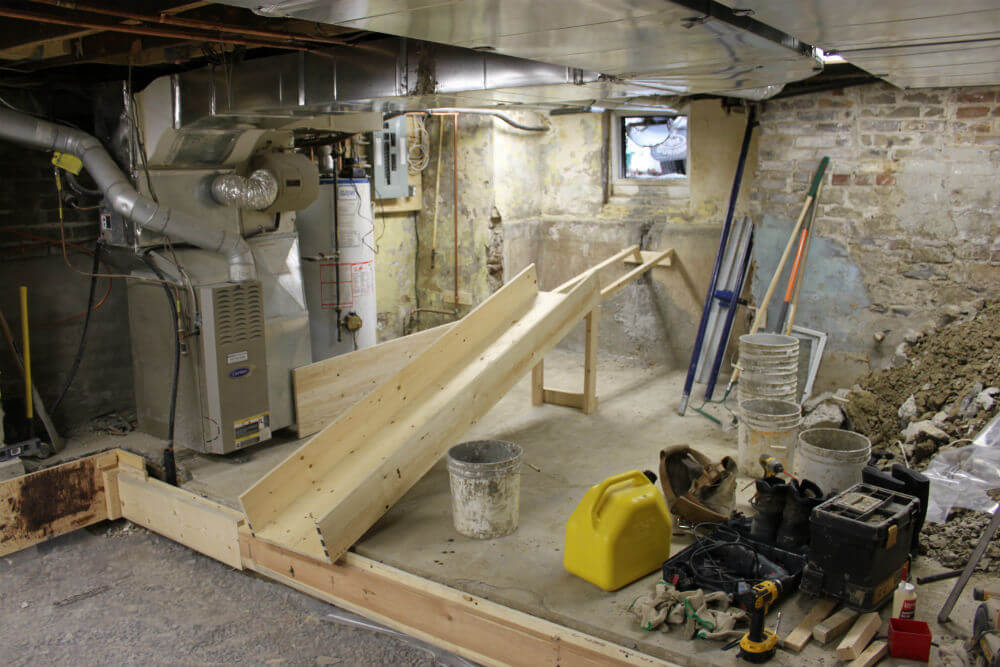When is it time to replace the furnace?
Replacing a furnace doesn't have to be an emergency decision
Advertisement
Replacing a furnace doesn't have to be an emergency decision

Share this article Share on Facebook Share on Twitter Share on Linkedin Share on Reddit Share on Email